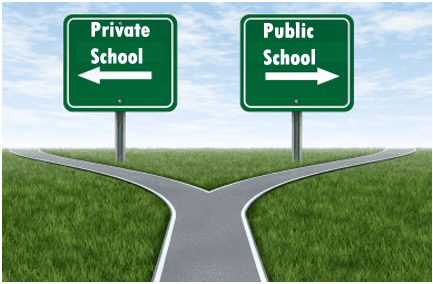In India, education is a fundamental right, and both private and government schools play a very important role in ensuring access to learning. For decades, there has been debate over the effectiveness of private schools versus government schools, with each having its own set of strengths and challenges. The disparities between the two have often raised concerns regarding quality, affordability, accessibility, and overall impact on student learning outcomes.
Government schools in India are supported and governed by the central and state governments. This makes education accessible to a large section of the population, especially those from economically weaker backgrounds. The curriculum followed is set by the respective state boards or the Central Board of Secondary Education (CBSE). The main advantage of government schools is that they are free or at least highly subsidized, along with mid-day meals, textbooks, and uniforms; therefore, any financial constraints should not hinder access to schooling. However, these schools usually lack infrastructure, qualify teachers, or use outdated methodologies and engage very few students in the process of learning. Teacher absenteeism and lack of monitoring further aggravate the situation, resulting in poor academic performances among students.
On the other side, private institutions, run individually or by certain organizations, emerged as a perfect choice for various parents since those schools offer advanced infrastructure, expertly trained teaching staff, and a focus on all-round growth. Such school follows various types of curriculums as well, i.e., CBSE, ICSE, IB, and many state boards allowing the freedom in the educational spectrum. Modern teaching techniques, digital classrooms, extracurricular activities, and personalized attention all make private schools heavy investments in providing quality education. Again, these benefits come at a price, resulting in expensive private schooling that not everyone can afford. Higher charges for tuition and other expenses including transportation, books, uniforms, and other miscellaneous activities make most middle-class families and lower classes worry about their children’s rights to education since it is considered a privilege by many.
Variations in learning outcomes between private and government schools have been found in a number of studies, where private school students often lead their counterparts in government schools concerning academic and co-curricular activities. It was found that this gap has resulted due to better teacher-student ratio, proper assessment standards, and emphasis on the English language in private institutions. While government schools suffer from archaic curricula and a stiff examination system, private schools emphasize skill development, critical thinking, and overall personality growth, which provides students with an edge in competitive exams and higher education opportunities.
Despite all this, government schools have played a crucial role in educating millions of children, especially in rural areas where private schools are either absent or unaffordable. Many initiatives by the government, which include the RTE Act, Sarva Shiksha Abhiyan, and the Mid-Day Meal Scheme, have greatly led to increased enrollments and an improved learning environment in government schools. However, a lot has yet to be achieved in achieving the quality provided in private institutions.
Improving the Education System of India
The first key factor relates to bridging the gap between private and government schools. Government school infrastructures must be improved and teachers should be trained through rigorous programs, with the addition of technology-driven learning, and accountability must be ensured. Public-private partnership is also a feasible way to bring best practices from private institutions into government schools and create an inclusive and high-quality learning environment for everyone.
Hence, private and government schools play very important roles in forming the future of education in India. While private schools can provide wholesome education with modern facilities, they are expensive. Government schools, on the other hand, being affordable, still have a long way to go to become as efficient as private schools. A balanced approach could bring out the value of the strengths of both sectors, so that every student would benefit from the education system irrespective of his or her socio-economic background.


